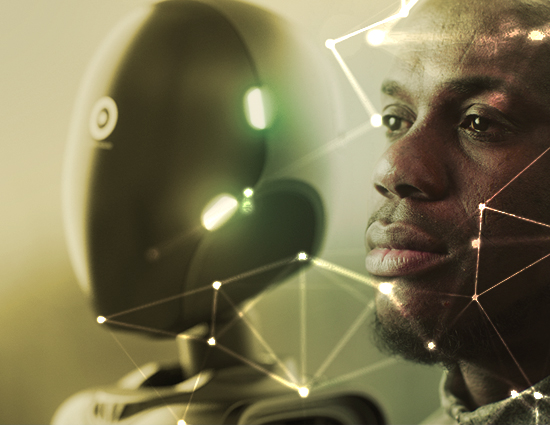The road from automation to autonomy is opening up for all of us. We are living through a time of global turmoil and unprecedented change, with the fallout from the pandemic sparking the greatest acceleration of digital adoption in living memory. Phenomenal advances in artificial intelligence (AI), robotics, wireless connectivity and edge computing have enabled transformative autonomy opportunities. Now is the time to seize them, especially as US Government personnel are being asked to do more with less.
Technology is ready to help address the present demands being placed on government personnel. Sensors, sensor fusion, signal processing, and AI algorithms can allow autonomous systems to perform the jobs that were previously only carried out by humans – think Uncrewed Aerial Systems, for example – while ensuring that such systems can work fluidly alongside humans.
The global market for sensors is estimated to reach $249.6B by 2026, and data is central to all of this. With more and more sensors being deployed to the field, an increasing amount of data is being collected, and sorting this massive amount of data is going to get very time consuming. AI will need to be deployed to find meaning in it. Even right now, the government is developing its Joint All Domain Command and Control system (JADC2). JADC2 is the Department of Defense’s (DoD) concept to connect sensors from all military services – Air Force, Army, Marine Corps, Navy, and Space Force – into a single network. It will enable cross collaboration and sharing of sensor data between all DoD agencies. AI will be at the heart of it.
Defense presents its own particular set of challenges when it comes to data collection and availability. Companies like Tesla have enormous amounts of road data taken over years of collection – so road characteristics are well known for commercial use. But often, military and government autonomous vehicles are not traveling on known roads and are traversing paths without known data. This is a real obstacle to overcome – but it has to be met. The acquisition of the Optionally Manned Fighting Vehicle – the army’s Bradley replacement – is going to rely on sensors and autonomy and will have to maneuver on new roads without previously taken data.
Simulated machine learning environments
Challenges like this are why the team here at Cambridge Consultants (CC) is focused on advancing the use of simulated machine learning environments. The extreme cost and tortuous timescales (and even the impossibility) of obtaining real-world data to train algorithms is one of the trickiest obstacles to adoption. But remarkable synthetic data and simulation techniques are now ready to accelerate development.
My colleagues have applied reinforcement learning (RL) to develop an autonomous behavioral engine that enables a robot to navigate dynamic situations by imitating human behavior. By exploiting simulated environments to train the algorithm, we slashed the time and cost of development. And cutting-edge sensor fusion techniques allowed us to use low-cost cameras, radar and sensors as inputs.
But, a simulation is only as good as its approximation to the real world… its ‘equivalence’ in technical terms. Once you have good equivalence you can test the performance of your navigation and object detection algorithms with confidence, as well as sensor designs and scenarios in three-dimensional space, all while using less real-world data in turn. And as we’ve established, less data collection means less time and less associated cost, bringing the promise of autonomy closer.
There are several clear strands that inform effective automated and autonomous systems. And at the heart of successful implementation sits a bundle of technology options. Let me recap:
- Data aggregation for insight. New techniques are emerging to ensure that the data that is derived from sensors can be interpreted rapidly and acted upon locally
- Simulated environments for accelerated development. Synthetic data and simulation are now able to drastically reduce the cost and timescales of development
- Sensor fusion. The game-changing ability to combine data from disparate sensor sources to provide insight that is more certain than it would have been from the individual sources
- Communications technology. Satellite communication networks, cellular networks and many more, are ready to help transform industry
- Digital security. A vital component of a successful automation strategy, to combat the heightened risk
The key here is to pursue your ambitions with the optimal mix of technology tailored to unique needs. With a track record of success in automation and autonomy, Cambridge Consultants can provide clear, impartial and objective advice. What do you think? Drop me an email if you’d like to discuss any of these topics in more detail. It’ll be great to hear from you.





